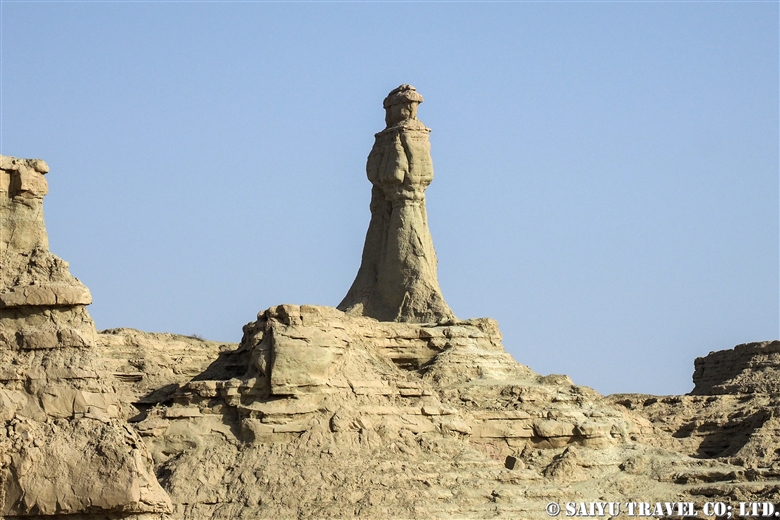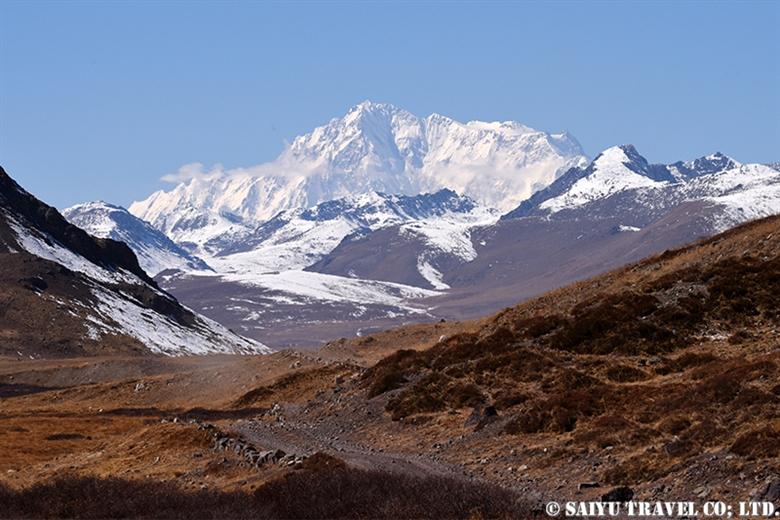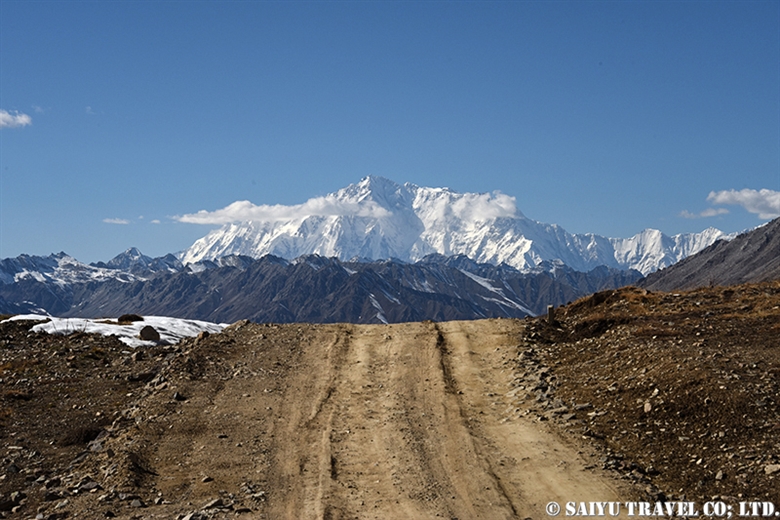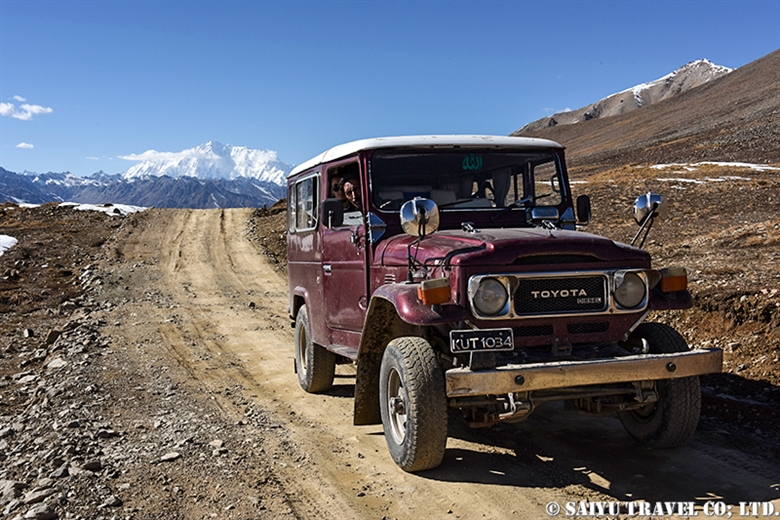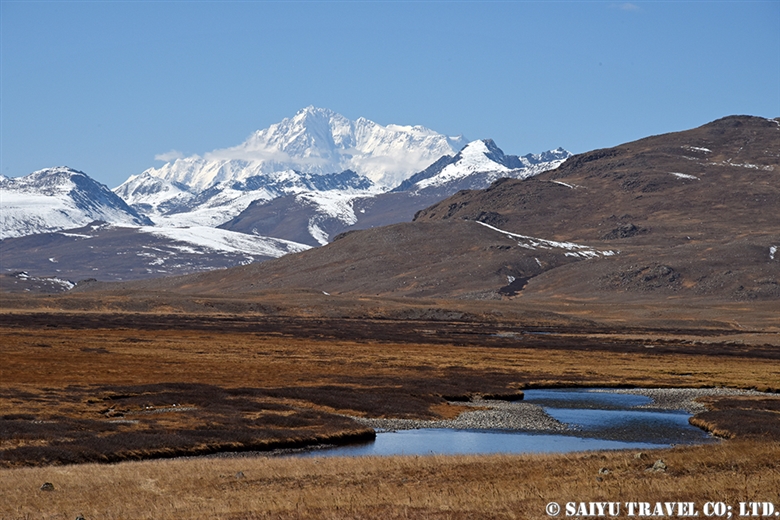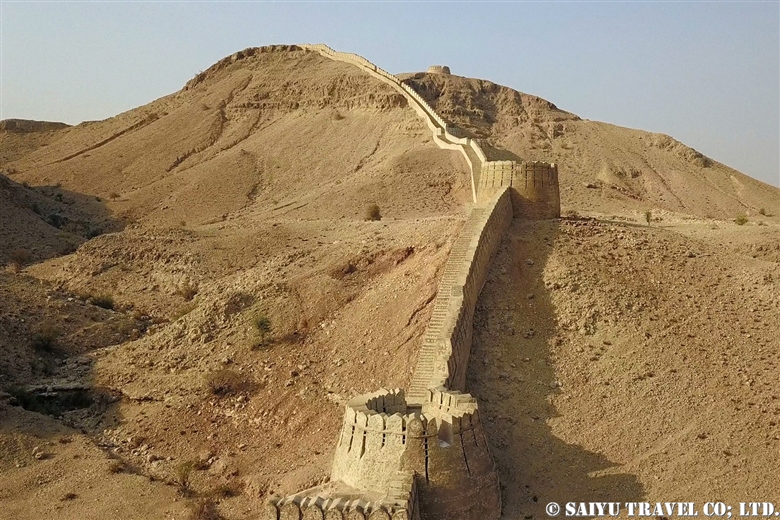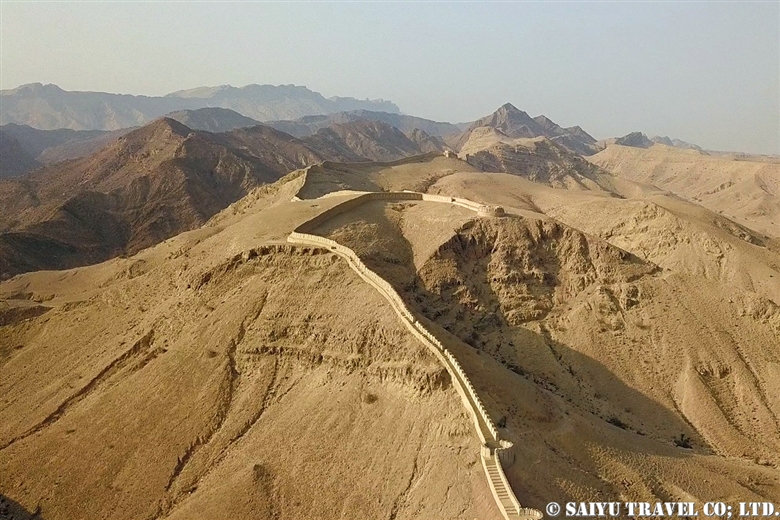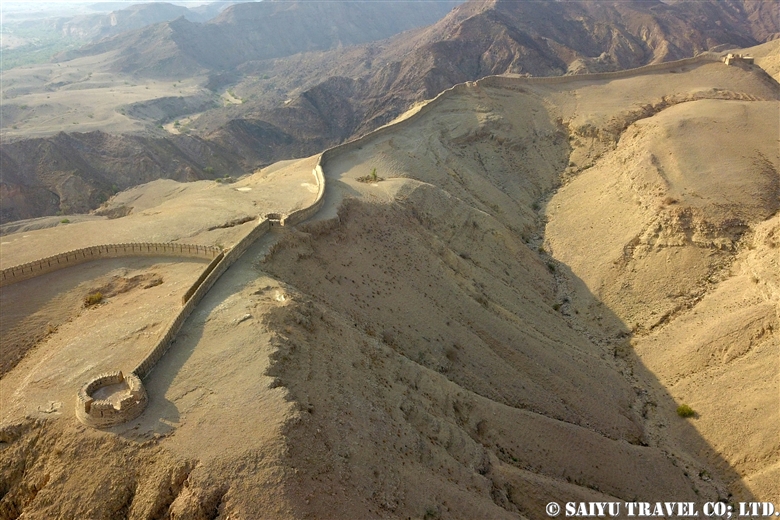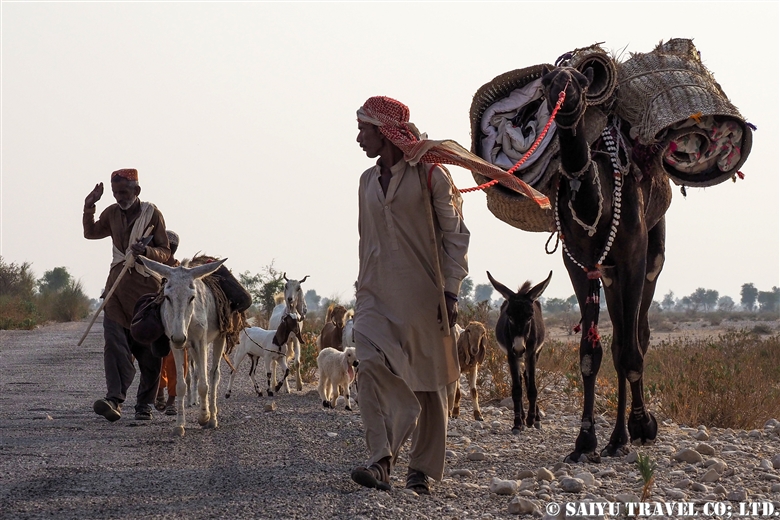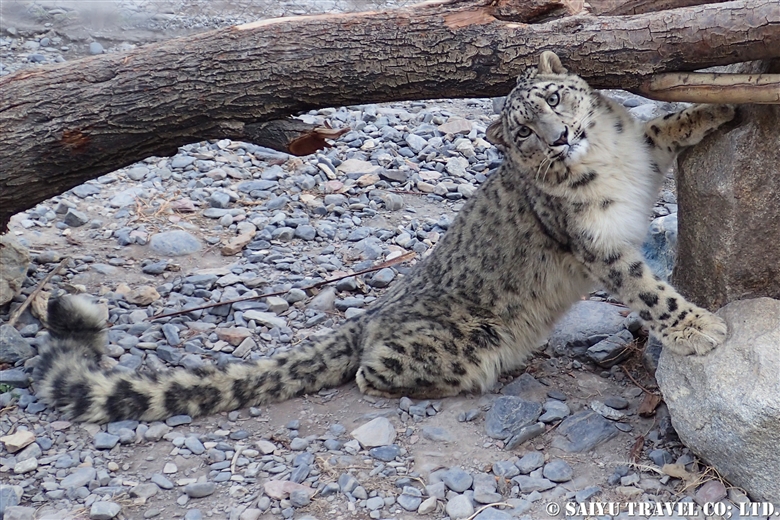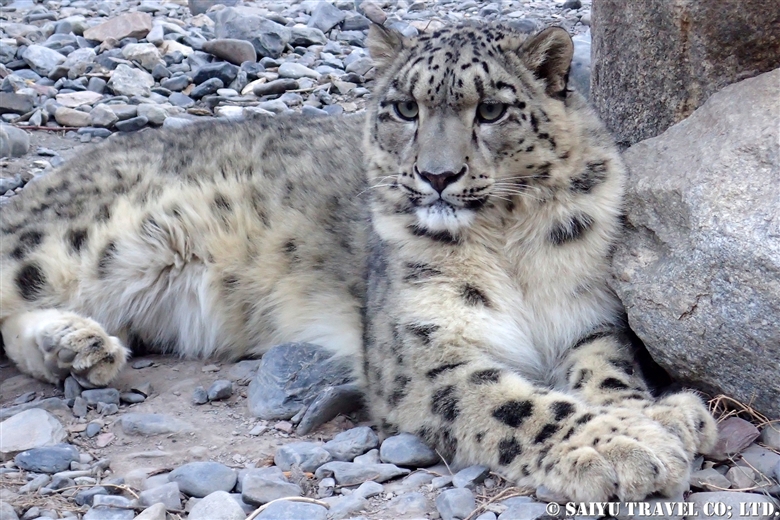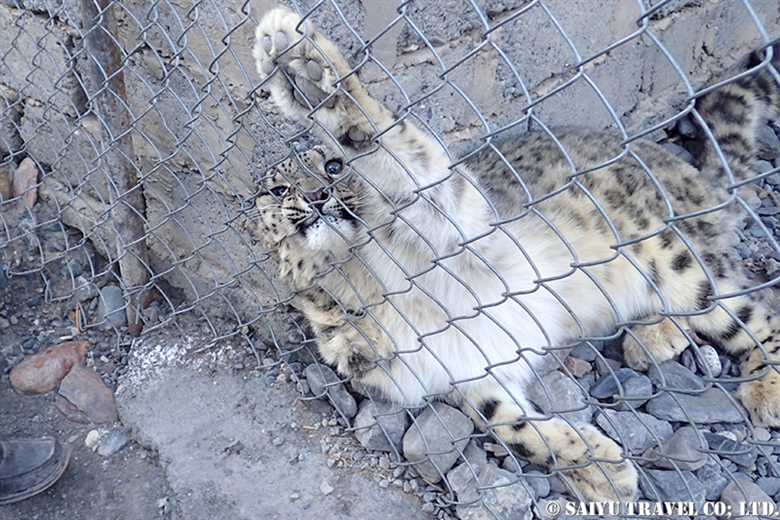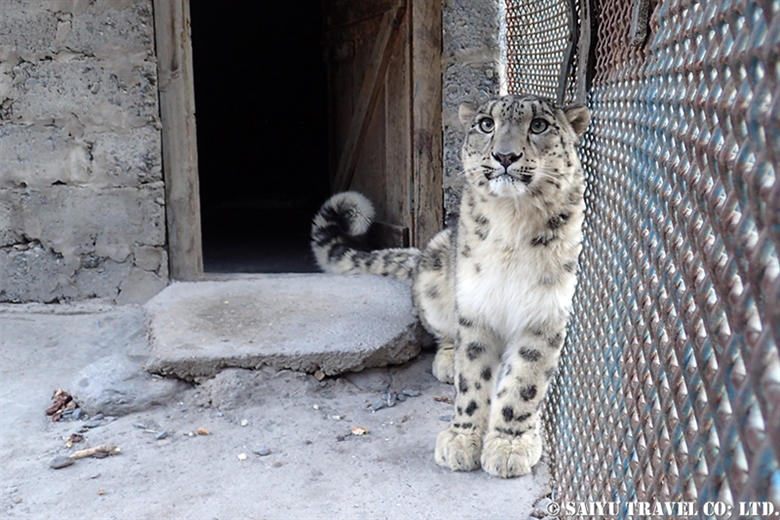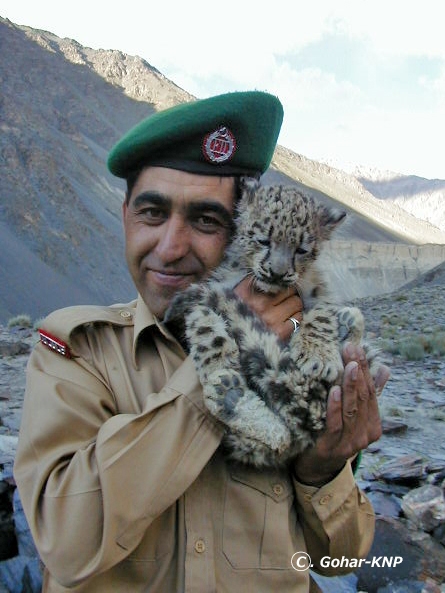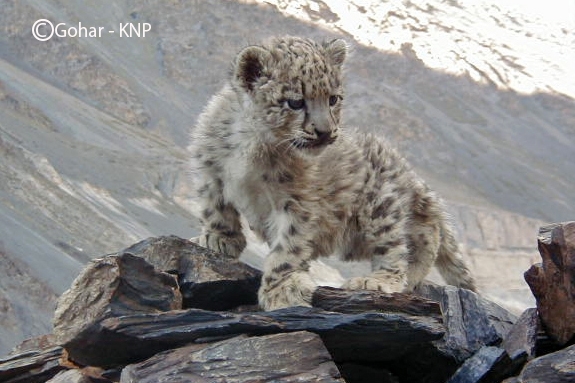I visited Balochistan 3 times in last season.. and this is 3rd video clip I made about Mud Volcano of Hingol National park.
What we will see in next season…
Please contact to Indus Caravan & Saiyu Travel for explorer Balochistan!
Other Movie of Balochistan
True beauty of Balochistan – Pakistan
Videography & Text : Mariko SAWADA
Visit of Balochistan : Nov 2018, Feb & Mar 2019
Category : = Video clip Balochistan > - Mud Volcano > ◆ Video Breathtaking Views of Pakistan > - Hingol National Park > ◆ Balochistan > - Makran CoastTag : Travel to Balochistan , Drone footage Pakistan , Traveling Pakistan Blog , Pakistan Travel company , Indus Caravan , Pakistan tour operator , Saiyu Travel Pakistan , Pakistan Photography Tour , Balochistan , Pakistan Dronography , Balochistan movie clip , Chandragup Mud Volcano , Hingol National Park , Mud Volcano , Pakistan Blog , Balochistan Tour , Pakistan Travel Blog





Mud-Volcano-Explorer|西遊旅行.jpeg)


